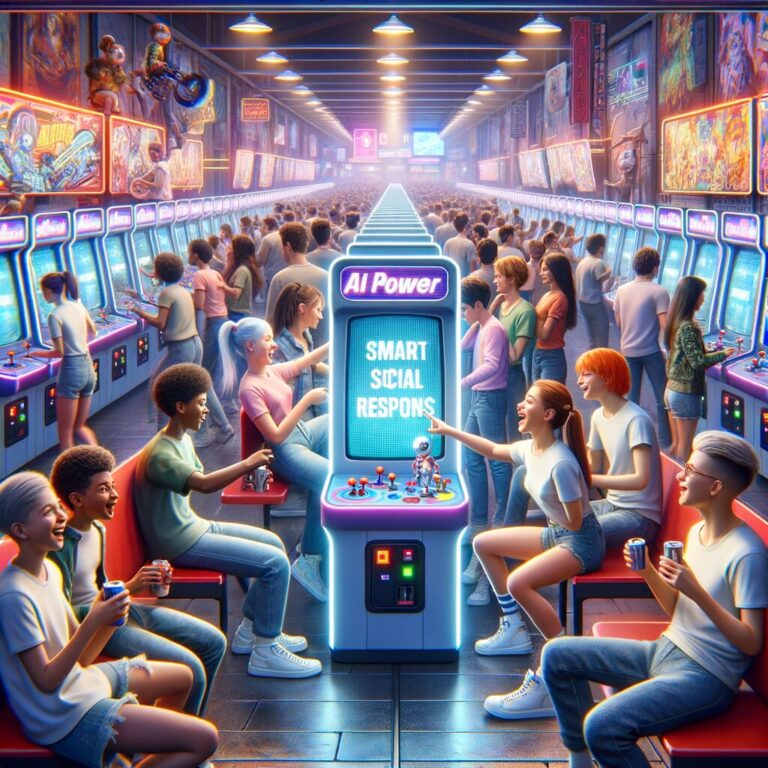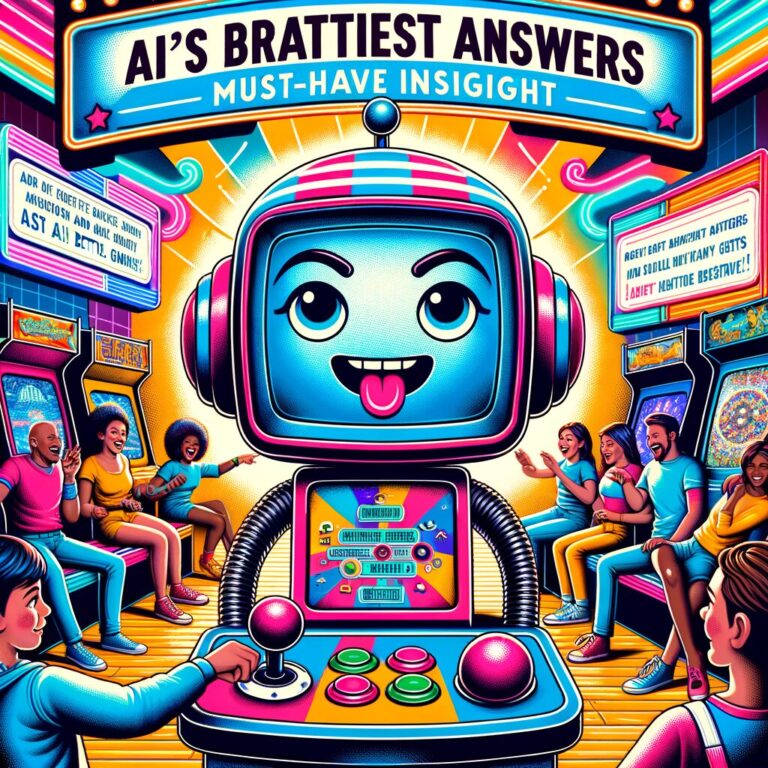In the realm of modern education, technology plays a pivotal role in enhancing various aspects of learning and development. Artificial Intelligence, in particular, has been revolutionizing how school sports teams operate and excel. From performance analysis to injury prevention, AI is offering transformative insights that are reshaping the landscape of sports within educational institutions. This article delves into the ways AI is making a substantial impact on school sports teams, highlighting the benefits and implications of this technological revolution.
Enhancing Performance through AI Analysis
One of the key areas where AI is revolutionizing school sports teams is in performance analysis. By utilizing advanced algorithms and machine learning, AI can analyze vast amounts of data to provide valuable insights into athletes’ performance. Coaches and sports scientists can leverage this information to tailor training programs, optimize strategies, and identify areas for improvement. For example, AI-powered tools can track key performance metrics such as speed, agility, and endurance, enabling coaches to make real-time adjustments that maximize the team’s potential.
Injury Prevention and Athlete Safety
A critical aspect of school sports is ensuring the well-being and safety of student-athletes. AI is playing a significant role in injury prevention by analyzing biomechanical data to identify potential issues before they escalate. By monitoring athletes’ movements and identifying patterns that could lead to injuries, AI systems can alert coaches and medical staff to take preventive measures. This proactive approach not only helps reduce the risk of injuries but also enhances the overall health and longevity of student-athletes’ athletic careers.
Personalized Training Programs
AI technology allows for the creation of personalized training programs tailored to individual athletes’ needs and abilities. By analyzing performance data and physiological markers, AI algorithms can generate customized workout plans that target specific strengths and weaknesses. This personalized approach to training not only improves overall performance but also boosts motivation and engagement among student-athletes. With AI’s ability to adapt training programs in real-time based on performance feedback, school sports teams can optimize their training regimens for peak performance.
Recruitment and Talent Identification
In addition to optimizing performance and preventing injuries, AI is also transforming the way school sports teams recruit and identify talent. AI-powered platforms can analyze player statistics, game footage, and other relevant data to assess potential recruits’ skills and capabilities. Coaches can use this information to make more informed decisions when recruiting players, ensuring that the team is composed of individuals who can contribute effectively to the overall success of the program. This data-driven approach to talent identification helps schools build competitive sports teams and nurture promising young athletes.
Future Implications and Considerations
As AI continues to evolve and become more integrated into school sports programs, it is essential to consider the ethical implications and potential challenges that may arise. Privacy concerns, data security, and the risk of overreliance on technology are all factors that schools must navigate as they embrace AI in sports. However, with proper safeguards and ethical guidelines in place, AI has the potential to revolutionize school sports teams and elevate the student-athlete experience to new heights.
In conclusion, the AI revolution in school sports teams is providing transformative insights that are reshaping how student-athletes train, perform, and compete. By harnessing the power of artificial intelligence for performance analysis, injury prevention, personalized training programs, and talent identification, schools can ensure their sports teams are equipped to succeed in today’s competitive athletic landscape. With AI as a valuable ally, the future of school sports looks brighter than ever, promising enhanced performance, improved safety, and a more engaging and rewarding experience for student-athletes.






